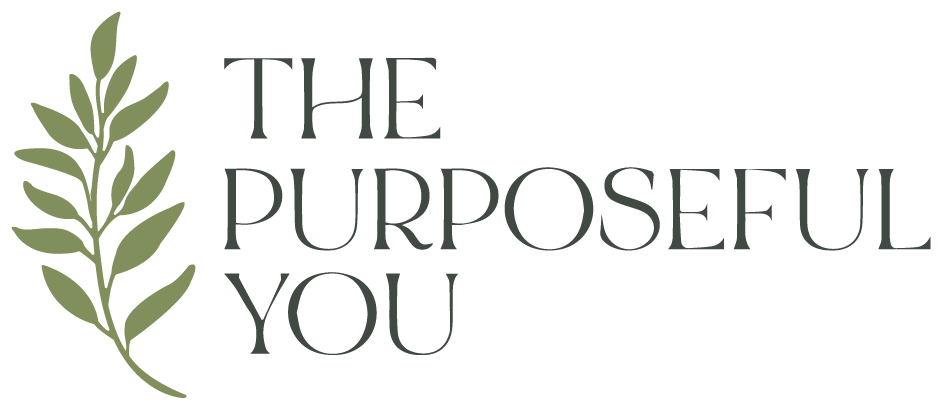5 Flowers Every Vegetable Gardener Should Grow
As a passionate backyard gardener, I've always believed in the magic of companion planting. Mixing flowers with vegetables not only adds visual appeal but also promotes biodiversity, attracts beneficial insects, and deters pests. Over the years, I've experimented with various flowers in my vegetable garden, and I've found five favorites that never fail to impress: marigolds, cosmos, zinnias, alyssum, and nasturtiums. Let me share with you why these blooms have earned a permanent place among my veggies.
Marigolds
These vibrant, golden flowers (new white varieties are popping up too) are a staple in my garden for several reasons. Not only are they incredibly easy to grow, but marigolds also have powerful pest-repellent properties. Their strong scent deters nematodes, aphids, and other harmful insects, effectively protecting my precious crops. Plus, their cheery blooms bring a burst of color to the garden, creating a warm and inviting atmosphere. The pollinators also love them and I have often found sleeping bees in the flowers. My go-to varieties include Sugar & Spice and Kees Orange from West Coast Seeds!
Cosmos
With their delicate, daisy-like flowers and feathery foliage, cosmos add a touch of whimsy to any garden space. I love planting them alongside my tomatoes and swiss chard, as they attract beneficial insects like ladybugs and hoverflies, which help control aphid populations. Cosmos are also incredibly low-maintenance, thriving in poor soil and drought conditions, making them ideal for busy gardeners like myself. My personal favorites are Snow Puff and Mini Blend!
Zinnias
Zinnias are like the sunshine of my garden – bright, cheerful, and impossible to ignore. These versatile flowers come in a wide range of colors, shapes, and sizes, making them a perfect choice for adding pops of color to my vegetable beds. But beyond their aesthetic appeal, zinnias also attract pollinators like bees and butterflies, ensuring abundant harvests for my fruits and vegetables. Queeny Lime Orange and Oklahoma Salmon are two of my go-to zinnia varieties!
Assylum
Despite their small size, alyssum packs a big punch when it comes to garden benefits. These tiny flowers produce clusters of sweet-scented blooms that attract pollinators and beneficial insects, including hoverflies and predatory wasps. I often plant alyssum around my brassicas to deter cabbage worms and other pests, while also providing a beautiful ground cover that suppresses weeds and retains soil moisture.They are also a great companion plant for squash. I’d recommend planting Sweet Alyssum in your garden.
Nasturtiums
Last but certainly not least, nasturtiums are a must-have in any vegetable garden. Not only are their vibrant flowers and round leaves incredibly ornamental, but every part of the nasturtium plant is edible – from the flowers to the leaves and even the peppery seeds. I love using nasturtiums as a natural pest control method, as they act as a trap crop for aphids. Aphids will go to their flower instead of your peas for example to save your precious plants. Plus, their sprawling growth habit makes them perfect for filling in empty spaces and cascading over raised beds. You can get more compact varieties if you want smaller plants too. There’s many great nasturtium varieties out there, but two of my favorites include Tip Top Alaska Mix and Baby Rose from West Coast Seeds.
I hope you learned a few things about flowers in the garden today! Incorporating flowers into your vegetable garden isn't just about aesthetics, it's about fostering a healthy and balanced ecosystem where plants, pollinators, and beneficial insects can thrive together. By growing these flowers alongside your veggies, you'll not only enjoy a more beautiful garden but also reap the rewards of increased biodiversity, reduced pest pressure, and bountiful harvests. So why wait? Roll up your sleeves, grab your gardening tools, and start sowing those seeds or picking up some starters at your local nursery – your garden will thank you for it!
* Note: Some links featured in the above post are commissionable/affiliate links.






